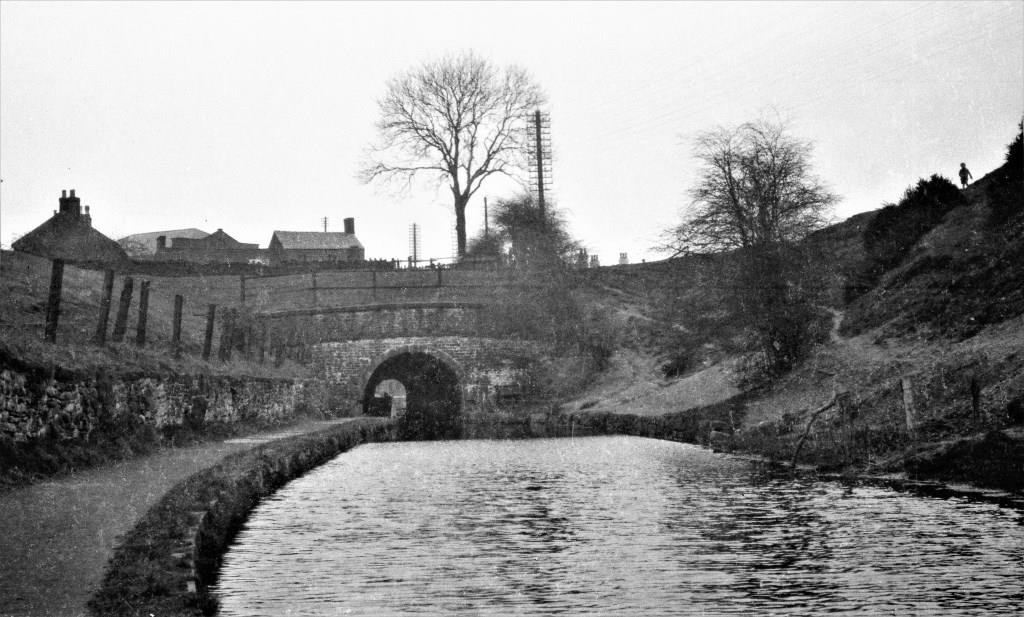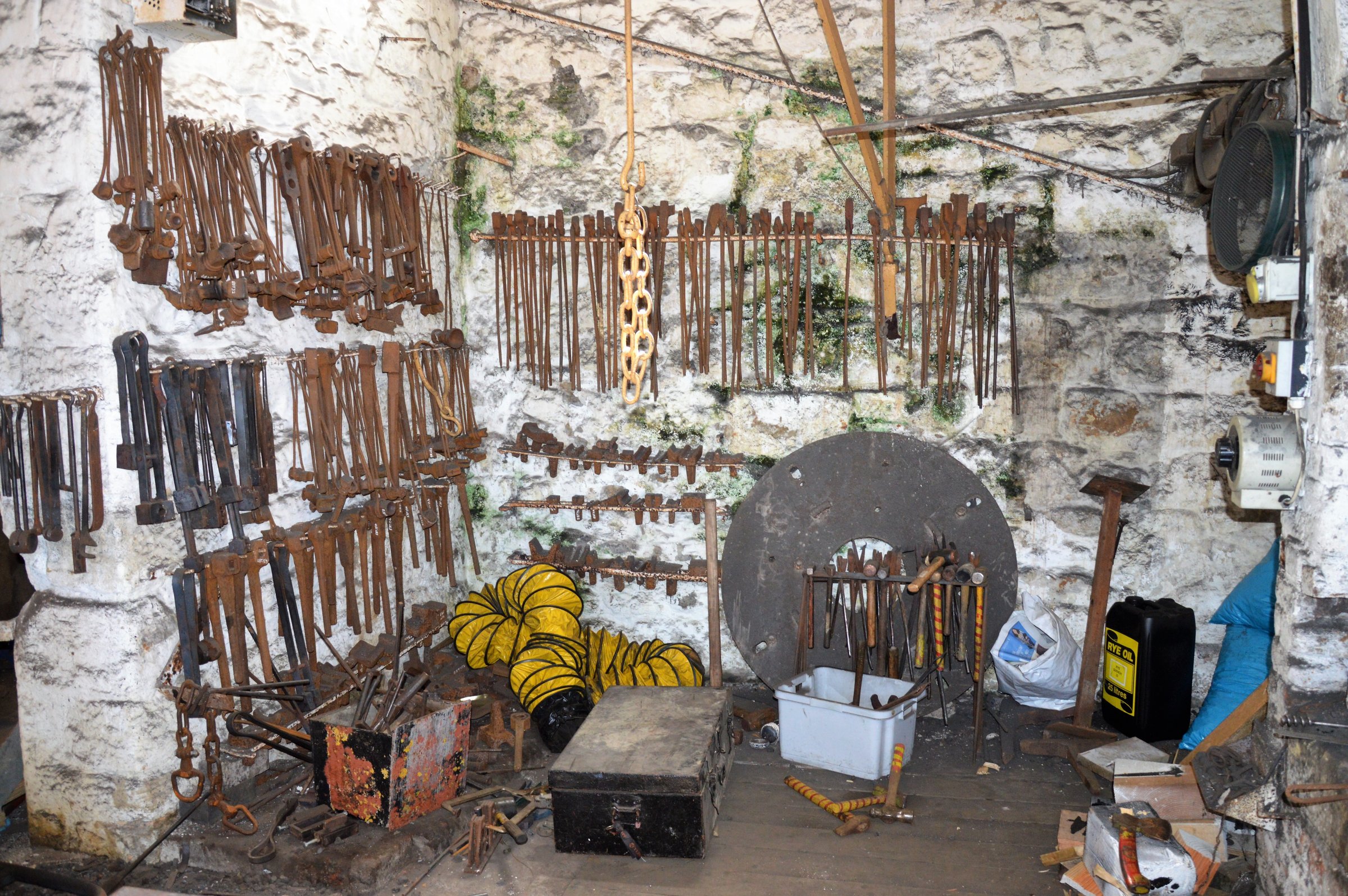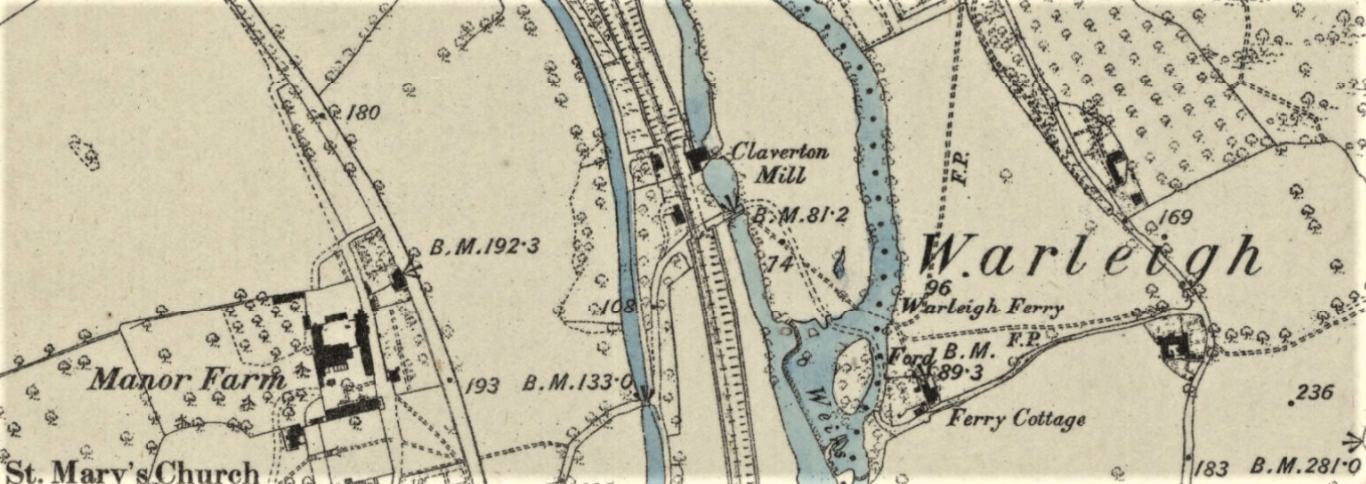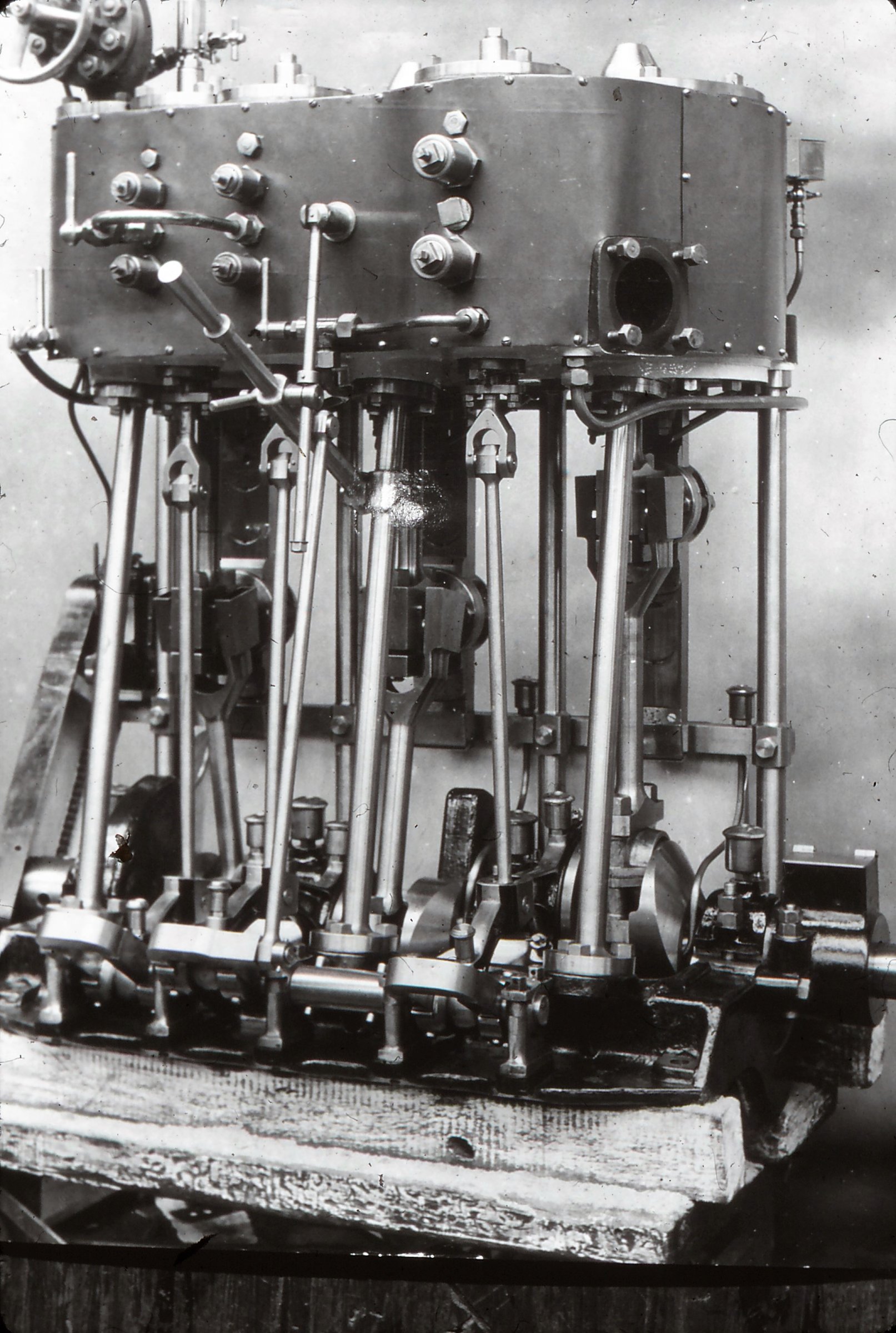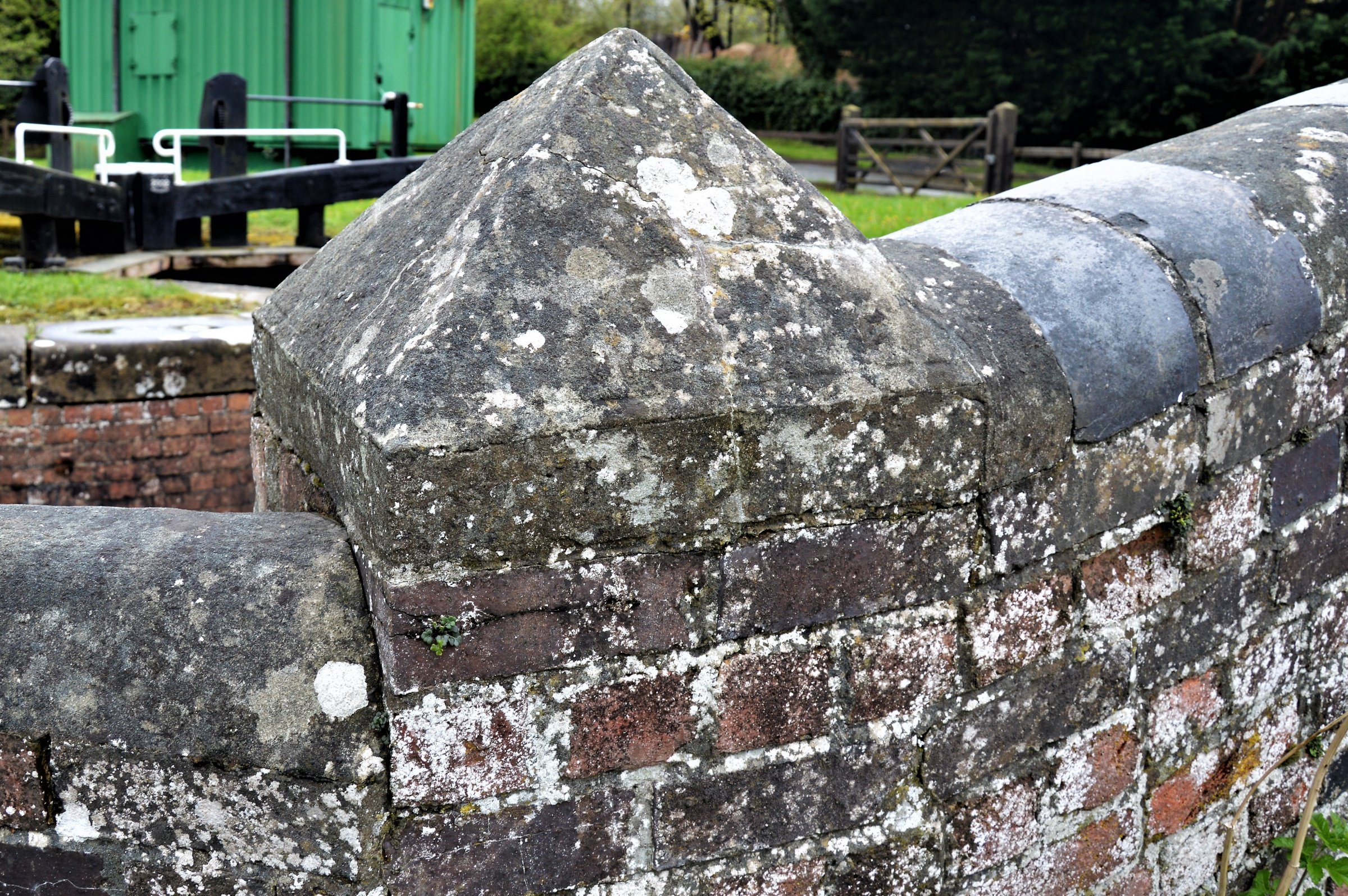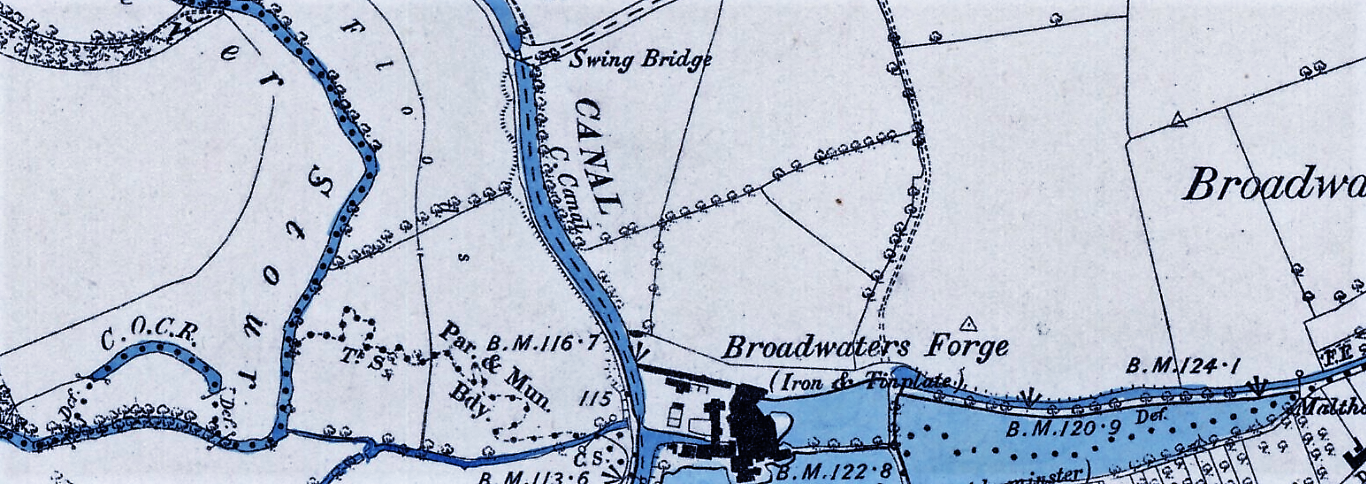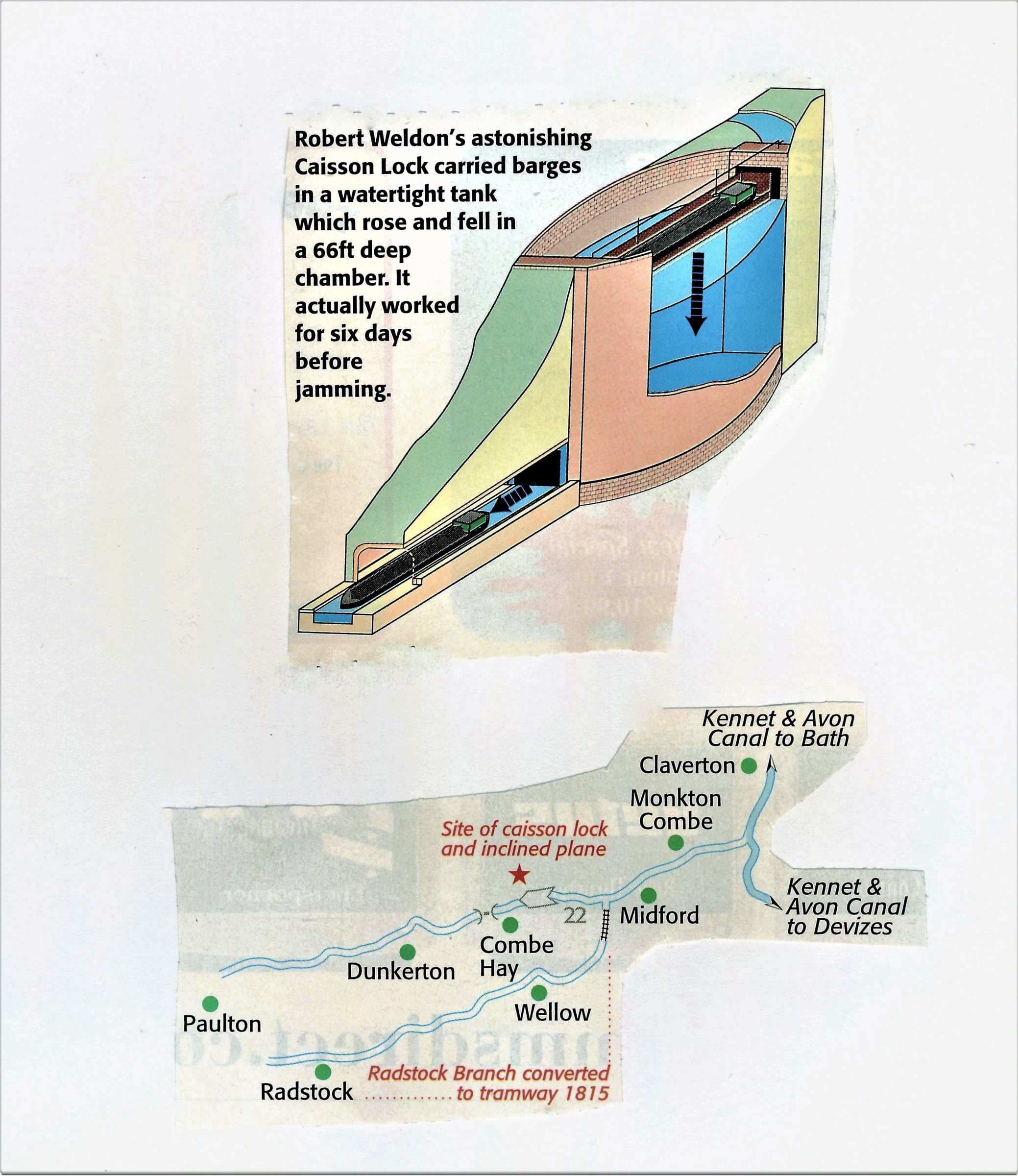-
Posts
3,397 -
Joined
-
Last visited
Content Type
Profiles
Forums
Events
Gallery
Blogs
Store
Everything posted by Heartland
-
-
Ian Lane, West Midlands Canals has announced that the changes in management structure has led to him being allocated a new post to take on new challenges as head of operational ;projects in the West Midlands. In his email to those interested he quotes several new appointments: CANAL & RIVER TRUST APPOINTS REGIONAL DIRECTORS The Canal & River Trust has appointed six new Regional Directors to drive the next phase of the organisation’s development, as the Trust takes forward its transformation to become a charity for the waterways and wellbeing, enriching the lives of millions of local people with waterways on their doorstep. The appointments, including four external candidates, bring a rich and diverse range of experience to the Trust, including from the heritage, charity and local government sectors. The appointments are: •Regional Director, London & South East – Ros Daniels, who joins the Trust with extensive experience of the heritage and tourism sector, most recently as Head of Historic Properties, London at English Heritage •Regional Director, Wales & South West – Richard Thomas, who joins the Trust following a long and successful career in the Royal Navy •Regional Director, West Midlands – Adnan Saif, who joins the Trust having worked for over 20 years in senior positions in local government, regeneration and economic development, and is currently Chief Executive of the British Muslim Heritage Centre •Regional Director, East Midlands – Phil Mulligan, who joins the Trust with extensive senior management experience in the voluntary sector notably as Chief Executive of the Landscape Institute, Executive Director of the United Nations Association UK, and Chief Executive of Environmental Protection UK •Regional Director, Yorkshire & North East – Sean McGinley, currently East Midlands Waterway Manager, who has worked on the waterways in management and engineering posts for 16 years •Interim Regional Director, North West – Daniel Greenhalgh (for up to 12 months) a senior manager at the Trust responsible for delivery of major canal infrastructure projects and who formerly led on the delivery of all the Trust’s operational contracts The Trust has established two new permanent posts and appointed internal candidates in areas requiring very specific additional focus: •Tav Kazmi, currently Acting Waterway Manager for the South East, is appointed as Deputy Director, London & South East, recognising the scale and impact of London & South East as a region, with many complex challenges specific to the capital and its surrounding area, and with huge potential opportunities for the Trust to grasp •Ian Lane, currently Waterway Manager for the West Midlands, is appointed as Head of Operational Projects in the West Midlands in recognition of the extensive and unique opportunities in the region over the next few years, notably Coventry City of Culture 2021, the Birmingham Commonwealth Games in 2022, and in the near term the ongoing development of the Roundhouse project •In addition, the Trust has appointed Interim Head of Boating, Jon Horsfall, as Head of Customer Service Support to lead the organisation’s customer service functions, including boating Julie Sharman Chief Operating Officer at the Canal & River Trust, comments: “I am delighted to welcome such a diverse and high-calibre team to the Trust. It has been a rigorous recruitment process that has attracted very high-quality applicants and which reflects the really exciting opportunity the Trust has to make a real difference to the lives of millions of people, including in some of the most deprived parts of the country. “As we focus on bringing the benefits of the waterways to communities across England & Wales, the appointment of our Regional Directors is at the heart of our proposals to transform the charity, strengthen the accountability of regional teams, and to shift our structure to engage more effectively with prospective partners and the outside world – whilst also enabling the Trust to act quickly and efficiently at every level.” The Trust’s new regional structure goes live on 4 June. The external appointees will be joining the Trust during July and August with interim arrangements in place until then.
-
To add to these comments, working smithies on the waterway are getting less common. This is a view at Ellesmere. Others I have come across included Worksop on the Chesterfield Canal. I gather the one at Worksop has been gone for some twenty years....
- 1 reply
-
- 2
-

-

-
Looking at the English Heritage Listings Claverton Pump House is listed Grade II as is the bridge over the south leat Pumping Station. Designed by John Rennie and erected by Fox of Bristol, for the Kennet and Avon Canal Company. Opened 1813; ceased function in 1952 but restored 1969-75. Consists of the pump house at the west and the wheel house to the east. Pump house: ashlar and hipped slate roof; single round-headed door and casement window in south gable end; the west elevation has 3 round-headed windows on the ground floor, 3 square headed casements on the first floor and a plank door at the right. The wheel house projects to the west: weather-boarded sides with 2 casement windows; ashlar east gable with 2 round-headed doors flanking a segmental headed door. The breast shot water wheel (17'6" in diameter and 11'11" wide, and now seemingly in 2 parts as altered by the Great Western Railway Co. in 1902-03) provides drive to 2 cast iron working beams which operate lift and force pumps. (Leaflet available on site. Bridge. Probably c.1810-13 for Kennet and Avon Canal Company. Ashlar. Single segmental arch with central keystone. Plain ashlar band and parapet. The ends are slightly advanced as piers. Looking at the First Ordnance survey for 1884. It is not obvious where the cottage is?
-
I was organiser for the Railway & Canal Historical Society Weekend at Wrexham, and on Friday May 4th, arranged a visit to the CRT depot at Ellesmere. The staff there were most helpful taking our party around the depot, which is an "Alladin's Cave" of canal history. It was particularly impressive to find a team of dedicated and keen staff who have to deal with the diverse issues of maintaining the canal and responding to the operational issues associated with what is a very busy waterway.
- 1 reply
-
- 1
-

-
The cottages were initially numbered separately per district, then later the numbering sequence as a whole was adopted. There were also properties not numbered but recorded in a list. or lists. The numbering was sort of sequential as per location, but new cottages were added at the end. That is why the two cottages at Winson Green are not together.
-
Why should an organisation that promotes canals, i e the CRT, want to devalue a heritage structure such as Claverton? If that is the case, that is.... Still, in view of the many posts on this site supporting, commenting or deploring the CRT actions of late like the sale of land (Manchester Bolton & Bury Canal at Bury to name a recent example), is there a financial directive that is the basis of their current policy? It may be a false hope to restore and keep all that is possible on British waterways, yet those many dedicated people who worked for such goals, and those that still do deserve to have their voices heard and achieve as much as is possible.
-
Well as far as narrow boats are concerned, I suppose the semi- diesel was an important step forward, but not all canal craft were narrow boats. On narrow canals there were tugs for tunnels or general haulage. On barge sized canals and river navigations, even estuaries and coastal waters, the opportunity for steam powered craft was greater.
-
Nearly opposite the junction with this lost waterway, is the entrance to the Manchester, Bolton & Bury Canal. The volunteers on the MBBC are making great efforts to restore what is left, even if the CRT has sold off the Bury terminus. The MBBCS are now looking at restoration of the locks above the present section in Salford, should this proceed a new navigable length could be opened up and craft will have a reason to travel along the Irwell again.
-
Engine Rooms have changed with time as have the engines that fit inside. There is now a hydrogen powered boat on the canal and no doubt new technology will produce a suitable hybrid engine for canal craft. Steam was still the best..... RCHS Weaver Collection - Sissons Engine, Windemere Group of Slides
-
Is the pub/ house still closed?- I have heard it still is- there is an opinion that there is a business opportunity here though.
-
Yes, The cottage numbers are the clue 1-100 Birmingham District 100-149- Tipton/Wolverhampton 150-199- Dudley etc 200-249- Walsall 250 plus No 5 district- top end of B & F and part of W & E The district inspectors also came to have some large accommodation, that at Tipton, for example was a large building at the top of Factory- now demolished. These districts also changed with time, as previously stated, a factor in this regards was the merger with the W & E and the Dudley. There was also some reorganisation at times to save costs. References can be found in BCN company minutes.
-
I noticed the following stone cap on brick work at Bank Lock, Montgomeryshire Canal. I presume this style of capping was Shropshire Union, as the brick work is of blue engineering type. Having seen similar styles on the portal of Chirk Tunnel, I did wonder if these pyrimidal style stone carved caps were a standard feature on reconstruction and repair work undertaken during the period the Shropshire Union owned these waterways.
-
Ian Langford was of the opinion that bridge 108 Swivel, or Cavans, Bridge was rebuilt after 1835 (as this was the time when machine made bricks started to be be incorporated into buildings etc) and the existing structure is built using brindled engineering bricks. Ian noted that as far as he knew only two swing bridges existed on the Staffordshire and Worcestershire Canal. the other was north of Kidderminster. The Kidderminster Swing Bridge was near Broadwaters Forge as shown on the 6in Ordnance Survey (1882)...
-
Yes the districts were 5 in the end No 5 included the Fradley, Ogley section
-
The Grand Western Canal was later, though the lifts on this line did convey craft for the working life of the waterway from Taunton, where a junction was made with the Taunton & Bridgwater Canal.. The lift on the Ellesmere Canal was worked during the trial period. Contemporary engineers have differing opinions as to the practical working of this lift. When in 1801 a decision was made to link the Ellesmere Canal at Whitchurch with the Chester Canal, any prospect of making the canal north of Pontcysyllte ceased to be and the need for a boat lift or lifts, also became unnecessary. The patentees messr Rowlands and Pickering were compensated to the value of £200, but after that time the fate of the structure has been a subject of considerable debate. Richard Dean is adamant that it was at Home Farm, but this proposed route was made around the time the aqueduct at Pontcysyllte was to be made on a plan suggested by Jessop where the canal was taken down through 3 locks, on the Fron side to a masonry structure, then raised by another three on the Ruabon/Trevor side . When Jessoip decided to adopt the full height aqueduct, comprising an iron trough, the route was set for a line to Trevor and a climb to a summit near Cefn Mawr. It was this route that was adopted for the Act (the second act) that passed Parliament in 1796. It is this date that Mr Dean quotes as significant as the trial lift was in operation that year. However, the planning of the revised route had taken some two years as alternative options had been suggested and rejected. Thomas Telford was given the duty of choosing the trial spot. I find it difficult to see Telford choosing the trial on a speculative route. That through Home Farm would be speculative as it would have required the permission of the local landowner. I can see him choosing the route that would become the parliamentary line and the level part of that was through Trevor, where the canal now terminates. There is a spot at this basin where there is a short connecting basin adjacent to the bridge over the Plaskynaston Canal entrance. This basin was spanned by building known as the iron warehouse. Today this basin is about 40ft long but map evidence suggests it was 70ft long enough to be a candidate for the lift location. Surviving images of this now demolished structure show stone work as being of a age perhaps contemporary with the trial period. 59823393a27fe_Ironwarehouse.docx
-
They changed with time as the system was merged and expanded. The lock cottages were numbered in district order and the maintenance boats were allocated to these districts. also. I know of an early list that was at Gloucester for the Mid 19th Century, and Roy Jamieson sent me a copy, that listed 6 districts. Generally there were 4 numbered districts, but became before the cottages were numbered in the present series. Ocker Hill for boat allocation was a separate district at one time.
-
Yes the description of this lift mention a 70ft narrow boat being tried, current suggested locations are Home Farm on a proposed route by Jessop and Trevor Basin on the authorised 1796 line. Richard Dean insists that Home Farm fits the known criteria. From 1812 this place became the location of an industrial scale threshing machine and timber saw mill
-
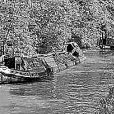
European withdrawal bill effect on boating
Heartland replied to Phoenix_V's topic in Waterways News & Press
How will this topic affect cross border boating from Northern Ireland to the Irish Republic, I wonder -
The problems of making the Ellesmere Canal to the River Dee from Pontcysyllte led to the experimental lift near Ruabon being built and working from 1796. The location of this lift has still to be proved.
-
i believe ashes were in ready supply and these helped with the maintenance of the towpath. In an age of coal there were many sources of ash from factory and works boilers. The problem came when clay was washed down on the path making it very slippy. I horse boating days there was not a general problem of banks being eroded by the wash of passing motorised craft, allthough steam powered craft started making an appearance on canals during the 1820's, their use was initially limited. Another cause of wash, and towpath wear for that matter, was the packet boats. The Swift Packet on the BCN main line between Birmingham & Wolverhampton probably did affect the towpath in wet weather.
-
John Duncombe proposed a boat lift before the Rowland & Pickering trial, but it was not constructed. An equally early contender, I gather would have been on the Somerset Coal Canal:
-
I note contractors have part of the Icknield Port fenced off for some work. Could this be the start of the intended project there. Also at Wolverhampton the much vandalised Crane Foundry offices have been pulled down. Will work start there on the projects intended, I wonder
-
My observations were more about the vertical lifts using a caisson, of which Anderton is a prime example. Although an incline or vertical lift are both boat lifts. Terry Fogarty's concept (he died 10th February 2018) was an inclined concrete tube which filled with water and raised/ lowered the craft using water in what was a very deep lock.
-

Middlewich Branch breach - Shropshire Union
Heartland replied to lostnortherner's topic in General Boating
Meanwhile the canal will be out of use. And at what cost to the CRT?


